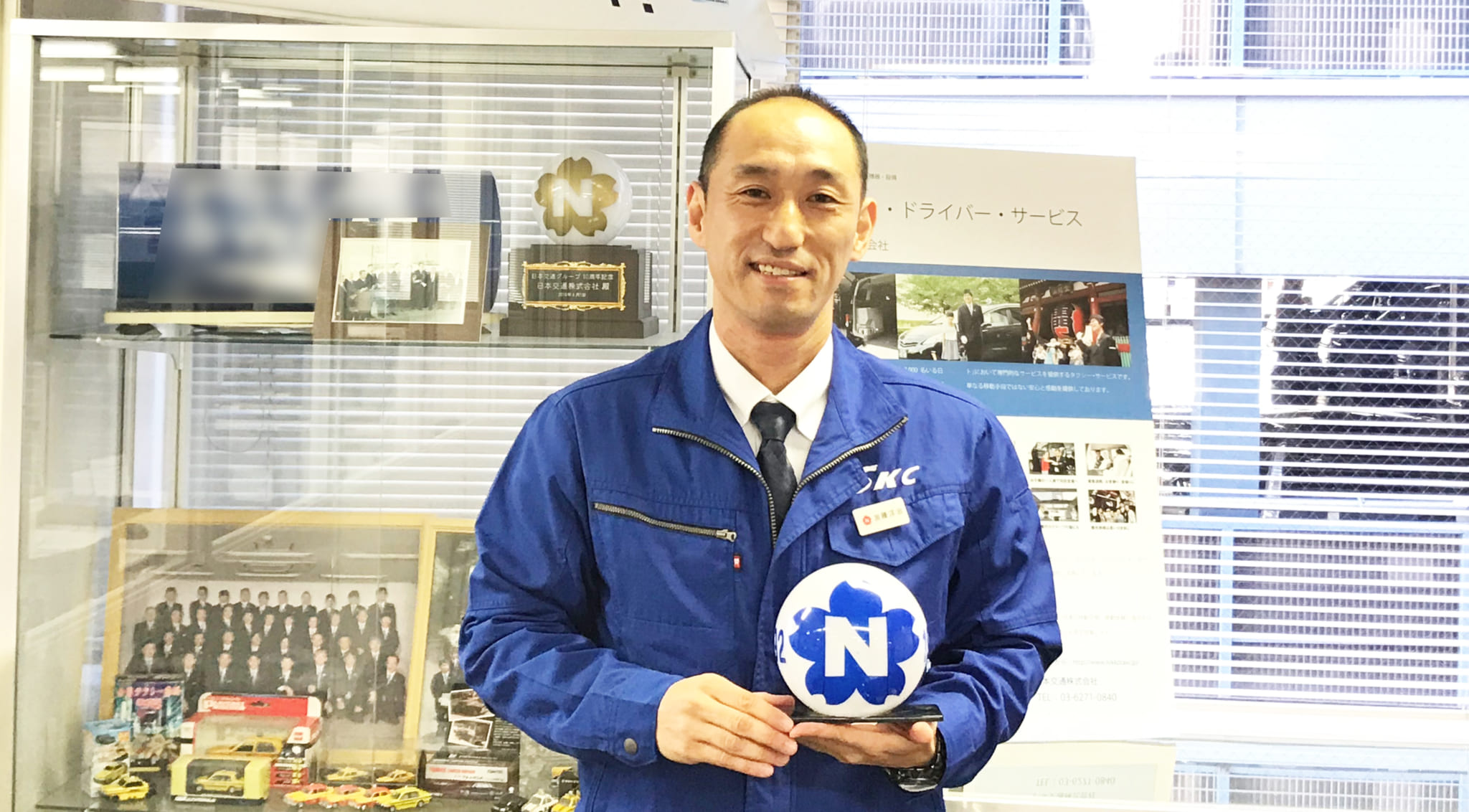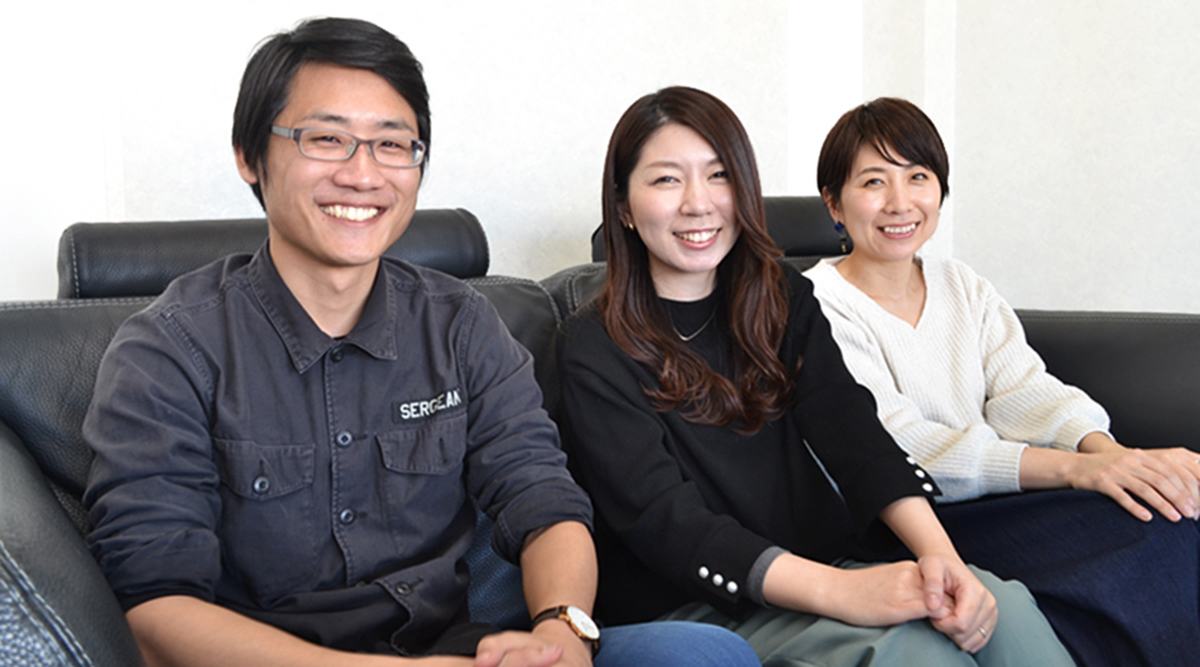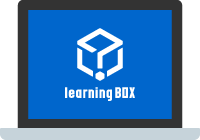This user-friendly system remarkably improved results
Release Date :
Release Date :
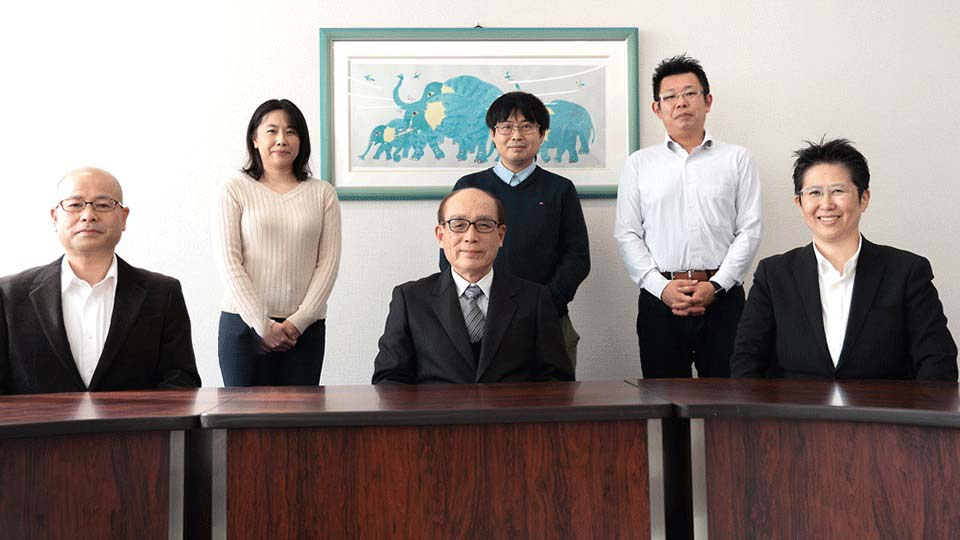
(Front row, from left) Mr. Hiroaki Taguchi, Mr. Nagayasu Toyoda, Mr. Hiroi Mutoh (Back row, from left) Ms. Kanae Matsuura, Mr. Hidekazu Miura, Mr. Junpei Kawajiri

- To raise the academic ability of students in order to improve the "first time pass rate" for national examinations, etc.
- Aimed to support individual students according to their level of proficiency
- Looked for an accessible online learning system which make students motivated to learn.


- Reinforce input with repeatable learning
- Motivating students with original questions and goal setting
- Easy to access, smooth operation, and easy to learn anytime, anywhere
The first four-year medical university in Japan, it was established in April 1991 by the Japan Radiological Technologists Association, and began with two faculties and four departments, and now has four faculties, nine departments, and 13 major fields of study. Based on the founding spirit of "making the progress of science and technology truly useful for improving the welfare and health of mankind," the university fosters specialists in medicine and welfare who combine intelligence and humanity. As a medical and welfare university, we support students with state-of-the-art education, practical training, and systems. In this interview, we asked them about the challenges they faced before introducing learningBOX, the effects of its introduction, how they actually use it, and their future outlook.
The next step is to implement it in all faculties.
What challenges did you face in implementing e-learning at your school?
Mr. Toyoda:.The curricula of our medical and welfare colleges are closely linked to national examinations and other qualification tests for the purpose of training pharmacists, for example.
Until now, the pass rate had been published based on the number of people who took the exam, but about two years ago, the government instituted a policy to increase the pass rate for students who enrolled and graduated within the standard years of study (straight pass rate). As part of our efforts to achieve this goal, we decided to utilize e-learning.
E-learning has been introduced at various universities in the past, and teachers have probably tried various methods. Medical and social work universities have also been using e-learning systems that include content from past examinations to prepare for the national examinations. Under these circumstances, we wondered if there was an e-learning system suitable for students whose grades did not improve as expected and whose proficiency level tended to lag behind.
This made it desirable to have a system that would allow teachers to create their own content and provide content tailored to the students' level of proficiency, rather than a system that already contained pre-made content. The ideal e-learning system would be easy for teachers to use and easy for students to accept.

Please tell us why you chose our learningBOX.
Mr. Toyoda:.Professors from the university's Department of Radiological Technology and Clinical Engineering, among others, had already used learningBOX and found it very user-friendly.
Especially since two years ago, when the new coronavirus began to spread, the learningBOX has been actively used in combination with remote classes and face-to-face classes, and student performance has been visibly improved.
In fact, Dr. Matsuura of the Department of Radiological Technology presented us with comparative data between cases in which learningBOX was introduced and those in which it was not, and we were able to obtain clear evidence. After seeing this, we decided that we should officially introduce it to the entire university.
Press Release Suzuka University of Medical Science and learningBOX sign MOU on industry-university cooperation
Research Report LMS Utilization and Its Effectiveness in Medical Universities
First, you used the system at the Department of Radiological Technology and Science, and you have seen solid results there.
Mr. Muto:Around 2017, I started thinking about how I could improve the performance of my students. I was looking for areas that could be improved with technology, and when I found learningBOX, I immediately tried to incorporate it.
I thought that this would create a system that would encourage students to try it on their own, rather than forcing them to do it. We thought that if teachers could appropriately control the amount of input from students using their own teaching materials, and if they could set goals such as, "If you can make it this far, you can move on to the next stage," this would lead to increased student motivation.
In addition, it is very important for students to work on the system that it does not take long to log in and that it runs smoothly and without stress. LearningBOX cleared this point as well.
Then, Dr. Matsuura of the same Department of Radiological Technology and Science was working with us on students who had difficulty in basic subjects such as mathematics and physics, so we tried using the system, especially in subjects in which their grades had been stagnant, and the number of students caught in retests dropped to zero.
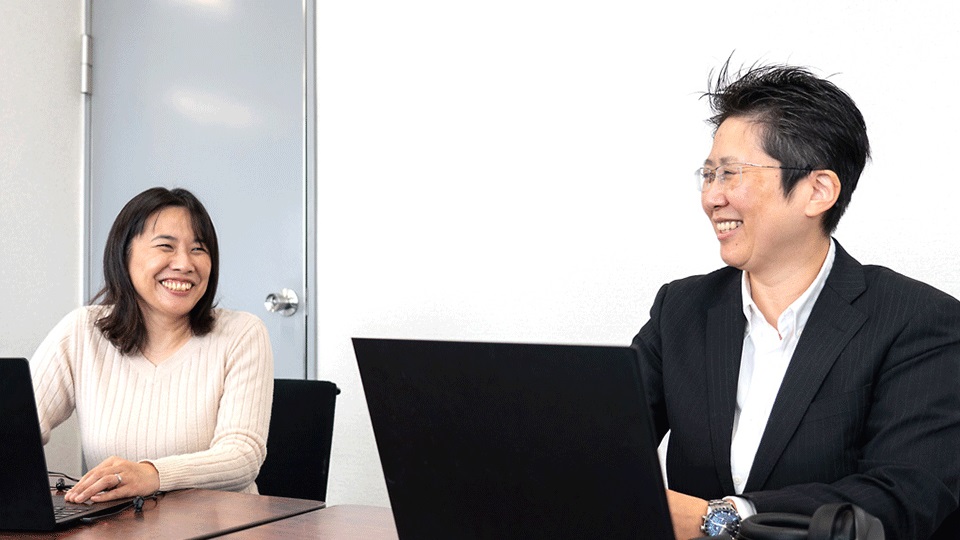
That's great! How did you feel about it, Dr. Matsuura?
Ms. Matsuura:We had many students who said, "I don't know what I don't understand." While trying out the various contents of the learningBOX, we created questions with an emphasis on "being able to repeat them. I believe that the results showed that the students were able to input their knowledge by repeating the questions many times.
Specifically, we incorporated repetitive learning using learningBOX in a subject called "Radiochemistry". Then, theComparing past results when lectures were given only in face-to-face classes before the introduction of the system with the results when learningBOX was used in combination, the number of students scoring high increased and no more students failed the course.
Ingeniously created questions in a variety of formats and difficulty levels to prevent boredom
So, when we validate it, it means we got a clear result! Of course, we think it means that the quality of the content produced by the teachers is high, but we're very happy too! Do you plan to introduce this in all departments from now on?
Mr. Toyoda:.As a matter of fact, there are only a few areas where we have been able to demonstrate the effects of education on the evidence base, so it is very significant that the data has been presented.
We believe that the most important thing for us to do is to establish our own learning support method for students who tend to lag behind in proficiency level. In any case, we say, "Let's take care of students until they can do it to the fullest.
We are currently working on a draft of the FD handbook, which will include this educational policy and also specify that all faculty will be asked to implement e-learning as a tool for this purpose.
What kind of problems are you currently creating or how are they being utilized?
Mr. Toyoda:.For example, in my lectures on emergency medicine, there are many things that can be simply memorized, but there are sometimes matters such as the "sensitivity" and "specificity" of a test that must not only be memorized but must be understood slowly and in order, and must be understood in the context of the stomach.
It is very difficult to get all students to understand these kinds of matters that require understanding within the usual lecture time. Therefore, we have created a series of questions in the learningBOX, from easy Step 1 to difficult Step 4, according to the students' proficiency level.
Then, for each step, we created an explanatory document in PDF format that we thought would help anyone who read it to solve the questions, and pasted it into the learinigBOX. Steps 1-4 are set to be passed when 100% of the questions are answered in master mode, and when all the steps are passed, the test is given in normal mode using the CBT method (the computer randomly selects pooled questions) with a time limit. If you score 90% or higher, you will be required to submit a certificate of passing the exam.
For items that can be memorized, create questions in which the student must choose two correct answers from five choices or questions in which the student must choose the correct answer with the number of correct answers hidden, and set the question limbs to be shuffled when the question is asked again. For fill-in-the-blank questions, since students will only remember the words that fit in the holes, create another question with the same sentence but with the holes shifted.
In total, we created about 250 questions in a variety of formats and inserted illustrations as necessary to prevent boredom.
Mr. Miura: .I would like to mention that I am the chairperson of the LMS Research Group, and we recently asked your company to give a presentation at the 9th LMS Research Group meeting, which was very well received. Thank you very much. I am sharing the materials from that meeting as contents for teachers in the learningBOX.

More and more faculty members have a positive attitude toward LMS operation
What is the reaction from other teachers?
Mr. Miura: .In fact, prior to this interview, we conducted a questionnaire.
The good points were "easy to create and transplant questions," "shows the students' level of learning," "eliminates the need for scheduling and grading exercises," "students can study in their spare time," "students can easily look back," and "students like the XX questions for each lecture, which make it easy for them to review the points. The students like that it is easy to review the points of each lecture.
Some of the points that we would like to see improved include: "I would like to be able to download the history of students' study time in batches," "I was not able to set up my membership properly," "Maintenance was done during lecture hours," "I would like to be able to register past national exam questions in batches," and "The video capacity is too small. The video size is too small.
Thank you for putting this together so clearly! We will consider improvements as needed. I know you also manage grades for students, do you use reminder e-mails, etc.?
Mr. Taguchi:.I use it mostly for creating surveys and posting videos, andQuestionnaireI am reminding the students of the following. My classes are on Thursdays, and I have a survey response period from the end of lecture until 11:00 p.m. the day before the following week's lecture. 30 of the 100 or so students enrolled in the course respond to the survey at the end of class.
We tried to send out a reminder email in the evening of the deadline to the 2/3 of the students who had not responded to the survey. I am very pleased with the results, as about half of the remaining students responded to the survey. I think it would be better if the reminder email is sent automatically.
I also uploaded all the lecture videos from the previous year for my lectures to prepare for the current year. It was very helpful to be able to copy each directory when preparing for the lecture.
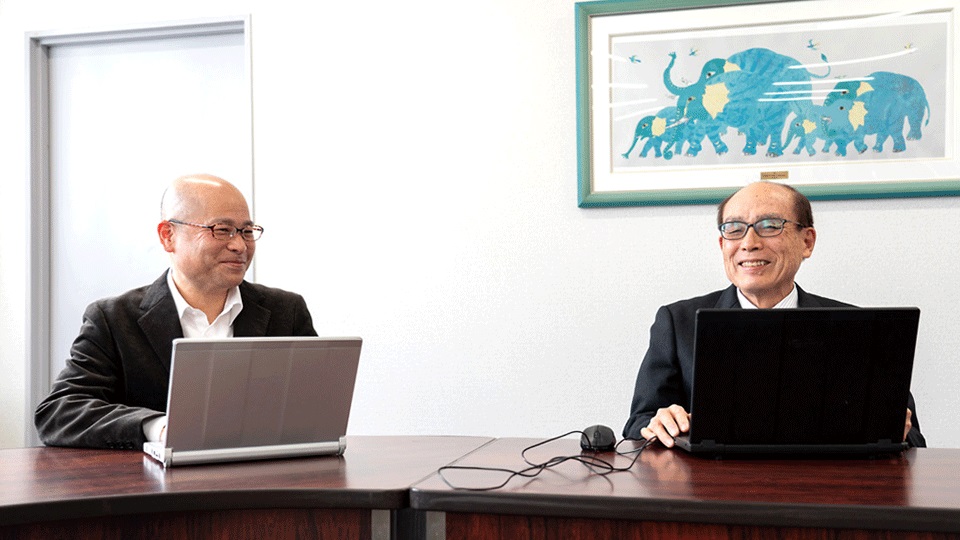
Do you have any other reactions or impressions after the introduction of the system?
Mr. Muto:Let me add something about the questionnaire that Dr. Taguchi mentioned. The Department of Radiological Technology and Science was the first to use it, so when other teachers started using it, we proposed in the form of an educational improvement proposal that it would be a very positive thing for teachers who do not have content to upload or who are not very enthusiastic about it in the first place.
In doing so, we not only incorporate them into our lectures, but alsoLearningBOX's survey function is effective in obtaining feedback from students on what they think about the classes.We also told them that it is
Mr. Miura: .At the LMS research subcommittee, I feel that the questions from faculty members are becoming more and more positive. 4 years ago, when the idea of introducing an LMS was first discussed, there was still some resistance, but now there are more comments and questions about how to improve the classes.
Thank you! Now, do you have any requests or wishes for learningBOX in the future?
Mr. Kawajiri:.At the time of admission, a test to assess students' basic academic skills was administered using a mark-sensing system, but this was cancelled in FY2020 due to the new coronavirus, and in FY2021 it was administered using the learningBOX.
At the time, I was exploring how much I could do with learningBOX, and I had to input formulas in TeX, which I found confusing and difficult in many areas. I would like to see it improved so that it is a little more intuitive to use, but I would also like to know how to handle formulas again.
Mr. Muto:I am very satisfied with the operability of creating questions. After that, I would appreciate better operability in evaluating how students are working on them and how well they are scoring.
Ms. Matsuura:Indeed, I think it would be easier for teachers to use the system if there were a list of the time spent working on each student, or a feature that would allow them to see at a glance which problems they are weak in.
Mr. Toyoda:.In your presentation materials, you indicated plans to develop an adaptive learning system in the future. As I mentioned earlier, we would like to somehow create a learning system based on academic proficiency, and we would be very happy if we could collaborate with each other by sharing information in real time.
Thank you for your participation
!


